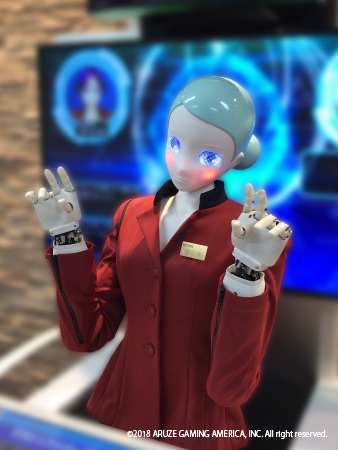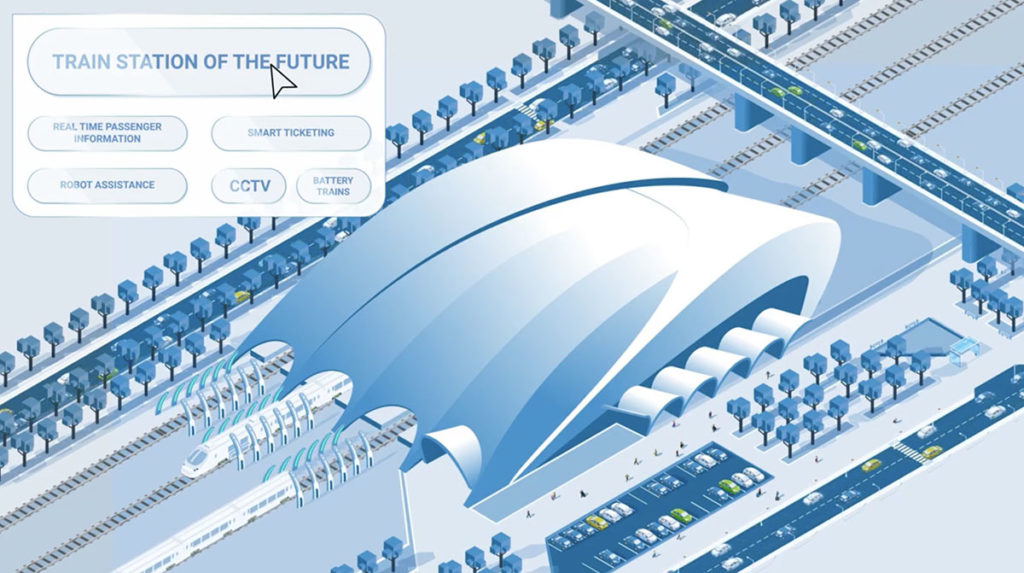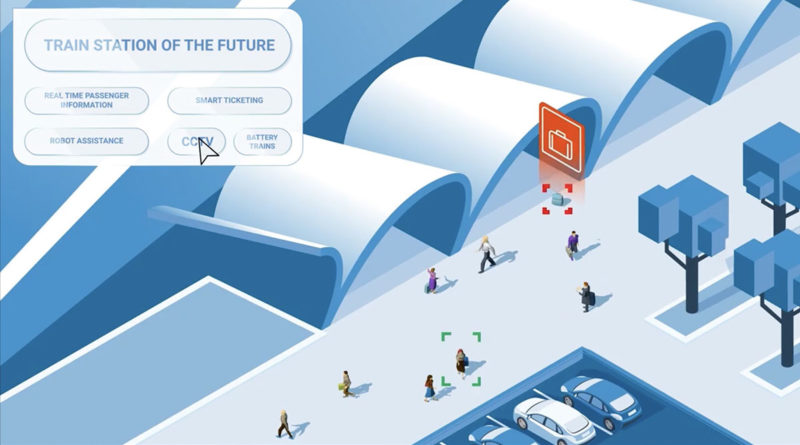Hitachi’s Train Station of the Future
Travel by train has had a massive resurgence in recent years. In Europe, passengers taking to the railways has increased every year since 2013. In 2017 alone, 9.6 billion people traveled by trains. As roads get more crowded, public transit like trains is seen as an easier and more environmentally friendlier alternative.
In order to handle the crowds and meet new environmental standards, train stations will need to modernize. Hitachi has recently unveiled its concept for the train station of the future in the UK. This was based on the trials and data from its stations around the globe.

Robots Will Direct Passengers
Hitachi envisions robots directing passengers, making sure they get to the proper train or whatever amenity they are looking for. Recently, a robot named Arisa helped guide customers around a Tokyo subway providing information about trains and local attractions in four different languages. Hitachi has also trialed their own robot at Tokyo’s Haneda airport. The bot called the EMIEW3 answered customer questions and notified them of any schedule changes.

Smart Sensors Could Recognize and Charge Customers Via Smartphones
Instead of ticket takers or turnstiles, sensors would detect and automatically charge passengers via their smartphones. Customers can simply install an app that would be used across all types of mass transit. This tech could help keep crowds moving at metro stations by curbing the long lines at ticket machines and entry points.
“The common traveling woes of queues at ticket machines or trying to find the cheapest fare could be solved without even needing to reach for your pocket,” said Hitachi Rail managing director Karen Boswell.
Hitachi Train Station of the Future Could Personalize Travel
Hitachi also envisions a personalized passenger experience which includes real-time information about a route and train sent to their smartphone. For example, a customer can be notified if a train is delayed or has a limited number of available seats. Mobile apps can also help guide people through the stations as they look for shops and experiences.
Hitachi’s smart space technology could be utilized to help keep people and property safe while traveling. The tech “combines the power of the Internet of Things (IoT), artificial intelligence (AI) and analytics to improve experience, safety, and efficiency”. For example, smart cameras could quickly identify a potential threat or security could use analytics to help determine when is the most likely time of day for thefts to occur.
AI Could Monitor Passenger Volume and Adjust Number of Trains Available
Artificial Intelligence can be used to make sure demand is being met and resources are properly allocated. For example, in Copenhagen, Hitachi’s digital metro system uses AI to monitor passenger numbers. If an increase in volume is detected, more driverless trains are made available to accommodate the crowds.
Along with making travel smoother for passengers, train stations of the future will have to be friendlier to the environment. Hitachi envisions battery-powered trains instead of existing diesel fleets which will help reduce emissions, cut down on noise and save energy. The company has been experimenting with these in Japan and hopes to roll the environmentally friendlier alternative to more stations around the globe in the near future.
additional sources: SmartCitiesWorld
Check out our articles on Walmart’s AI lab on Long Island and drones patrolling the skies of Tokyo.

